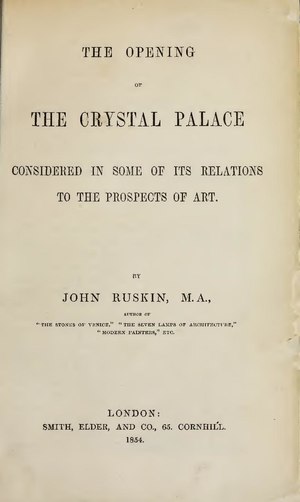
Archive of Celebrated London Underground Map Creator Slated for Auction and Public Display

**Charting the London Tube: The Transformation of a Design Icon**
The underground transit system in London, lovingly known as “the Tube,” serves not just as a convenient transportation method but as a vital component of the city’s essence. It extends from the lively city center to the tranquil suburbs, connecting numerous well-known sites, providing an accessible and user-friendly path through this vast metropolis. Yet, what truly stands out about the Tube, apart from the actual routes, is its iconic map, a visual representation cherished by millions, comparable to landmarks like Big Ben or Tower Bridge.
Since the launch of the London Underground in 1863—the pioneering subway system globally—the Tube has set a precedent in urban public transport. However, it wasn’t merely the establishment of underground railways that solidified London’s role as a frontrunner in transit design. A groundbreaking map crafted by Harry Beck in 1933 radically changed how individuals perceived and navigated the Tube. Nearly a century later, Beck’s original design materials will be showcased to the public at *The Map House* in London, from October 25 to November 30, 2024. The event, titled *Mapping the Tube: 1863–2023*, will display Beck’s innovative design alongside rare early map editions, sketches, and promotional materials, commemorating a pivotal moment in transit history.
## A Creative Idea: The Genesis of the Tube Map
Prior to Beck’s creativity, the London Underground was illustrated much like conventional public transports: with a focus on geographic accuracy. Initial Tube maps maintained the complex connections between underground train lines and the surface roads, rivers, and landmarks. While this may have served train operators and city planners, it was often too complicated for casual passengers and tourists unfamiliar with London’s layout. The cluttered designs, featuring intricate networks sprawling throughout the city like a chaotic spiderweb, were challenging to navigate, particularly as the Underground grew.
Enter Harry Beck, a young designer from London employed at London Transport. Drawing motivation from an unconventional source—his experience with electrical circuits—Beck infused a new vision into the Tube map. He concluded that riders didn’t require a geographically precise map; instead, they needed a tool that would streamline their journey and act as a guide through the complex subway system.
Beck’s revolutionary reinterpretation of the Tube map prioritized simplicity over geographic detail, adopting a schematic, diagram-like style. Straight lines intersected at sharp angles, distinct colors denoted individual routes, and stations were represented by small circles. Much like a circuit diagram efficiently conveys information, this map concentrated solely on connections between stops, with distances modified or simplified as necessary for clarity.
In 1933, Beck’s design was officially recognized as a pocket map given to travelers. Despite initial skepticism from his superiors at London Transport, the map quickly gained popularity among the public. A striking combination of elegance and practicality, it enabled passengers to comprehend the entire Underground network at a glance. This immediate acclaim set the stage for similar concepts to be adapted and utilized in numerous other cities around the globe.
## A Legacy Revealed: Harry Beck’s Influence on Map Design
Today, Beck’s Tube map stands out as one of the most significant graphic design achievements of the 20th century. Though its design has been updated and adjusted over the years to reflect new lines and stations, its fundamental principles have endured and simply adapted with the city. The map has become synonymous with London, much like the Eiffel Tower represents Paris—a landmark that goes beyond functionality.
Perhaps the most surprising aspect of Beck’s legacy is the limited acknowledgement he received during his life. Even as millions of copies of his map circulated in trains, stations, and souvenir shops throughout the city, Beck often went unrecognized as the creator. It was only later, towards the end of his life and after his passing, that his name became correctly associated with the map and the revolutionary design it represented.
For cartographers, transit enthusiasts, and inquisitive visitors, the exhibition of Harry Beck’s original designs at *The Map House* will provide a rare insight into his creative process. Featured highlights include a 1933 poster of the map (from its initial official release) and early hand-drawn sketches illustrating how Beck honed his idea. This unique opportunity permits an in-depth examination of such historically significant design elements and relics.
## Global Reach: The Tube Map’s Widespread Influence
Beyond London, Beck’s design continues to shape subway maps across the globe. From New York to Tokyo, Berlin to Mexico City, Beck’s schematic method—utilizing straightforward lines, a restricted color palette, and distortion of geographic realism to enhance legibility—has become the norm in subway map creation. His contributions facilitated the evolution of transport networks from disorganized geographical representations into thoughtfully crafted systems that prioritize user experience.